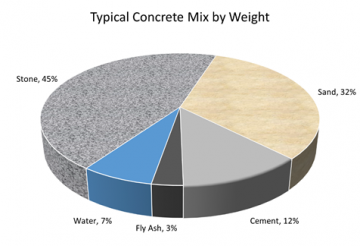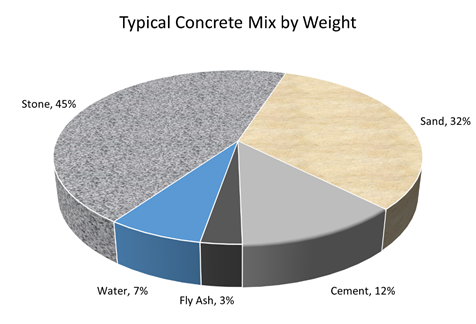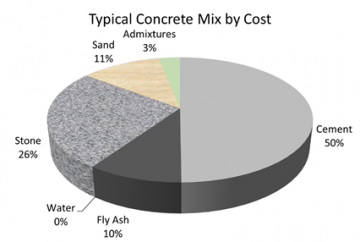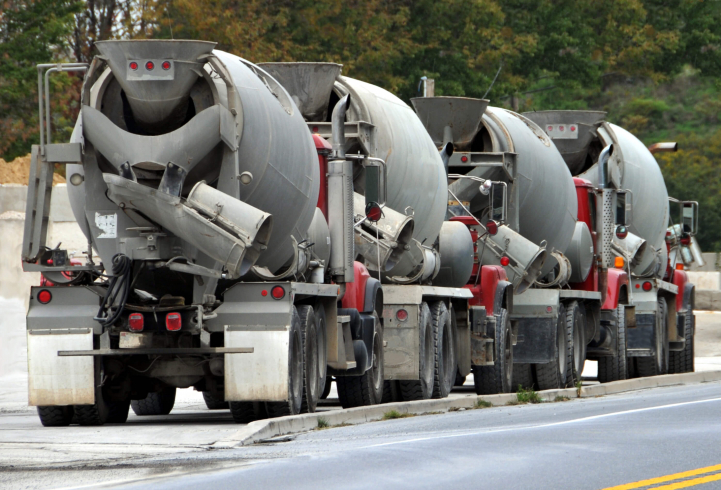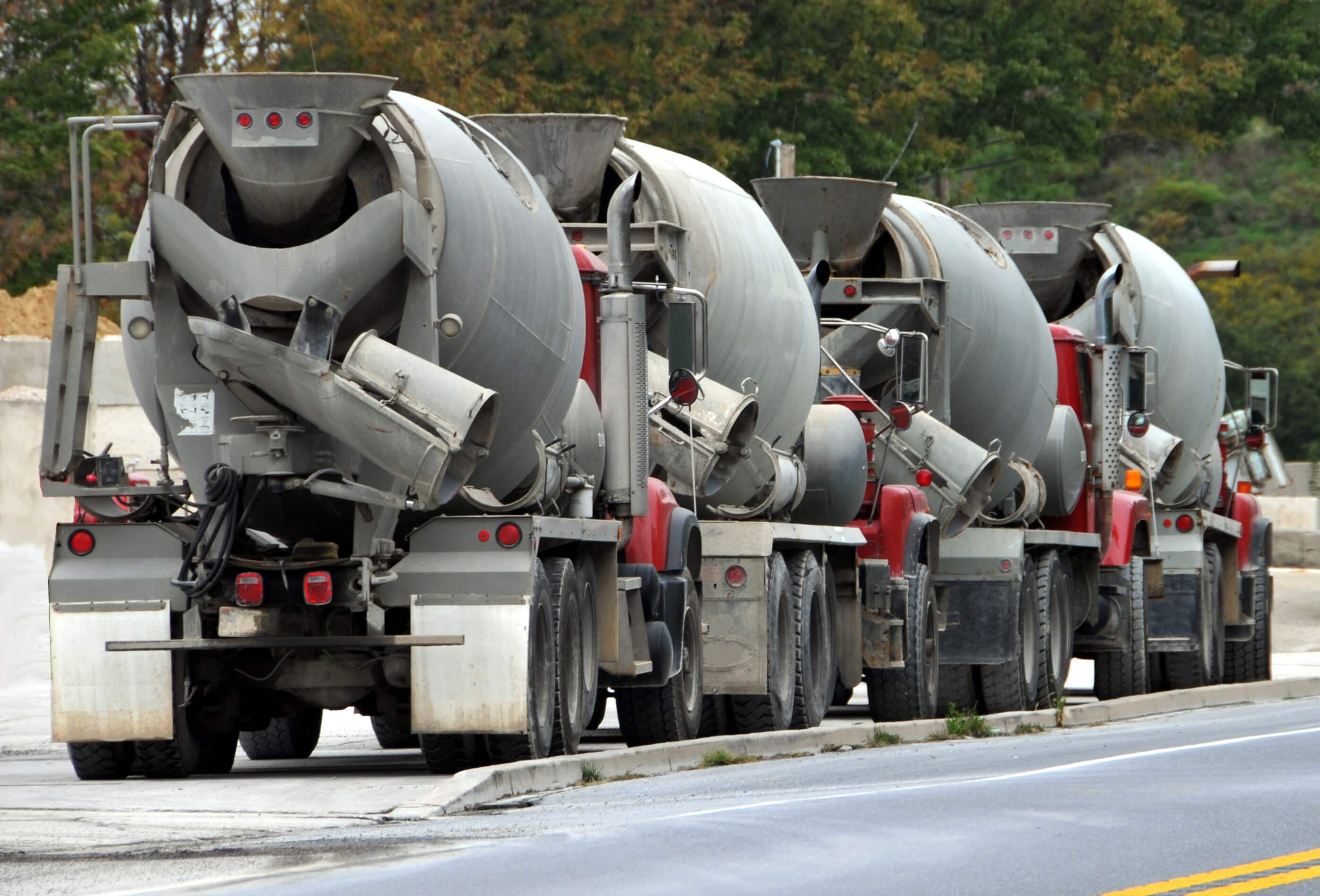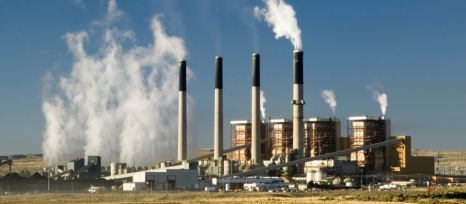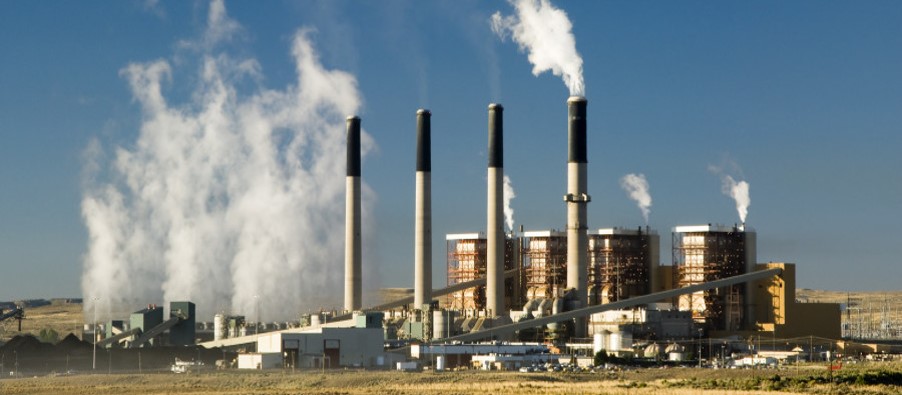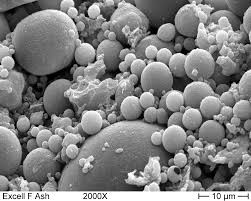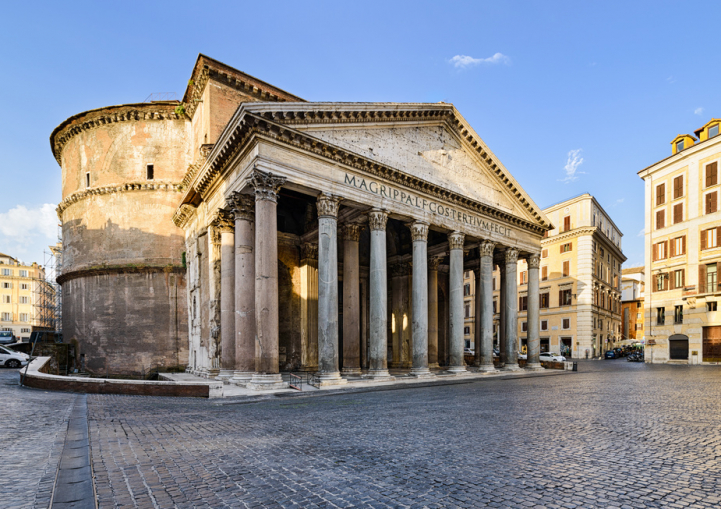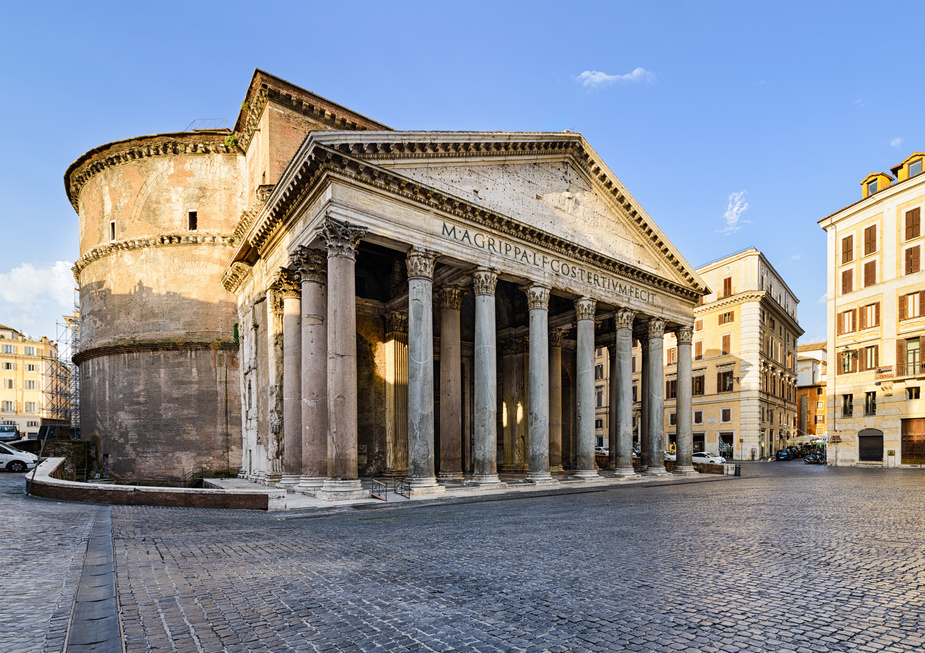In designing a concrete mix, many different properties must be considered and balanced. The most basic property is compressive strength. Concrete compressive strength is generally a function of the cement characteristics, water to cement ratio (w/c), and properties of the aggregate. Increasing the amount of cement and SCMs and/or reducing the amount of water for a given set of materials generally increases the compressive strength.
There are many more properties of concrete that can become important in certain environments and structural applications, including alkali-silica reactivity (ASR), efflorescence, freeze/thaw resistance, lightweight/heavyweight, sulfate resistance, low heat of hydration (in mass concrete), and shrinkage. Engineers design the concrete mix to provide the best characteristics for the lowest cost. Geofortis' pozzolans can improve concrete performance in many of these areas by reacting with unwanted compounds and making the concrete stronger, less permeable, or denser; resist cracking; or by delaying the chemical reactions to reduce heat.
